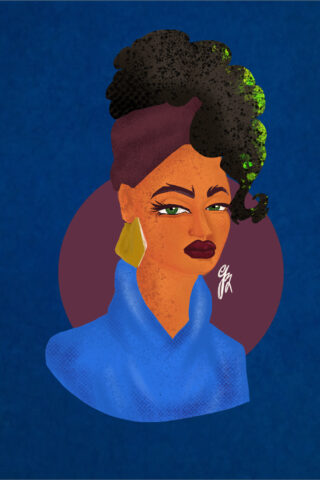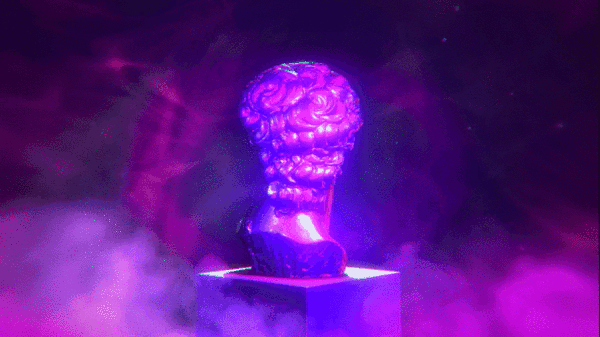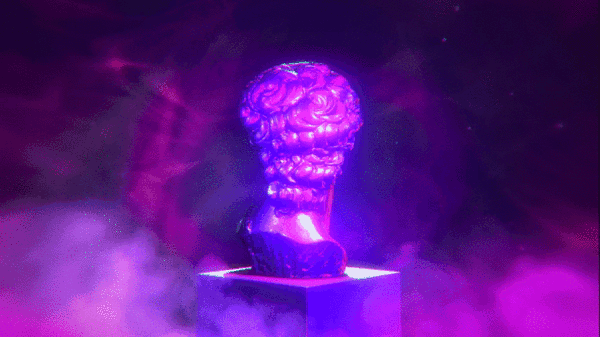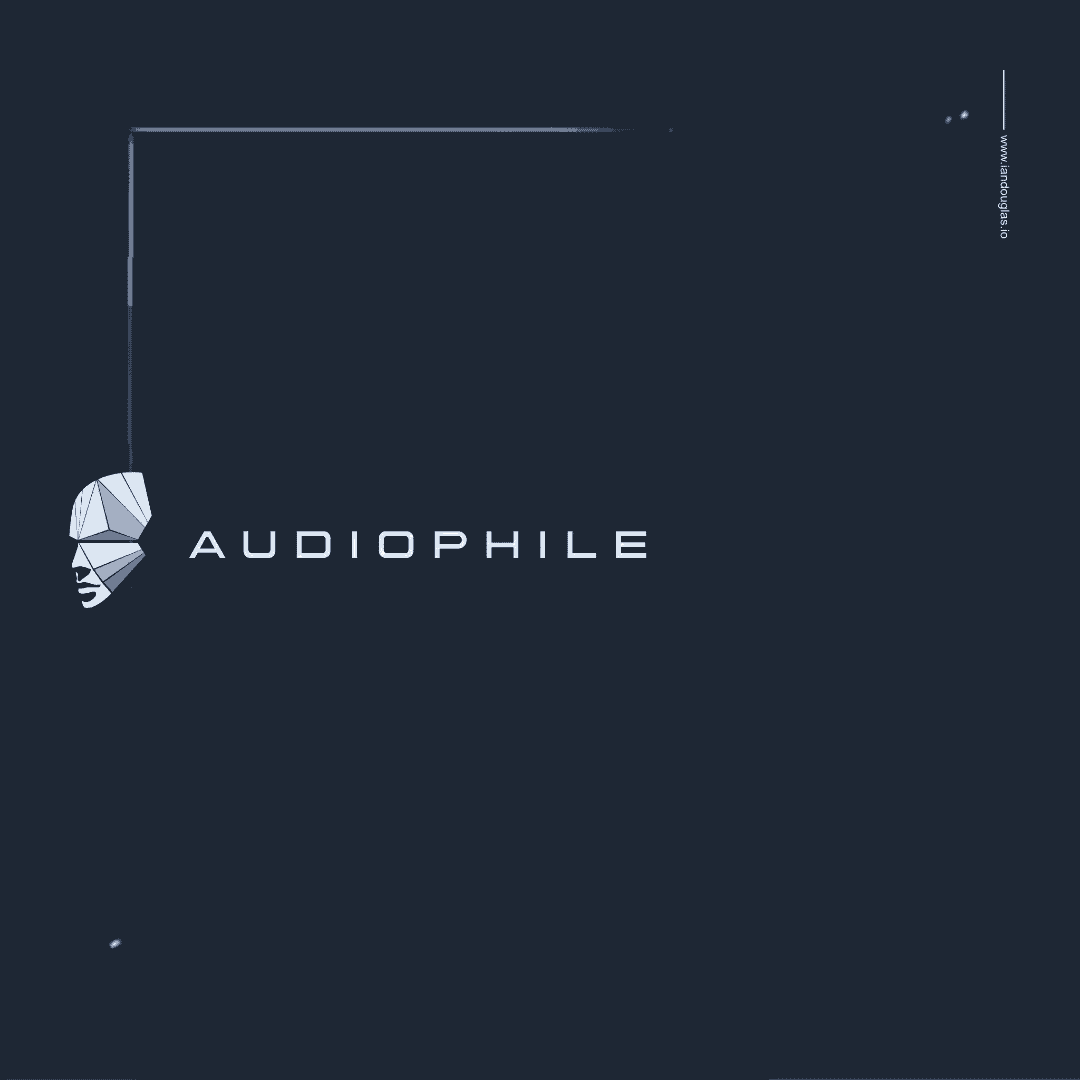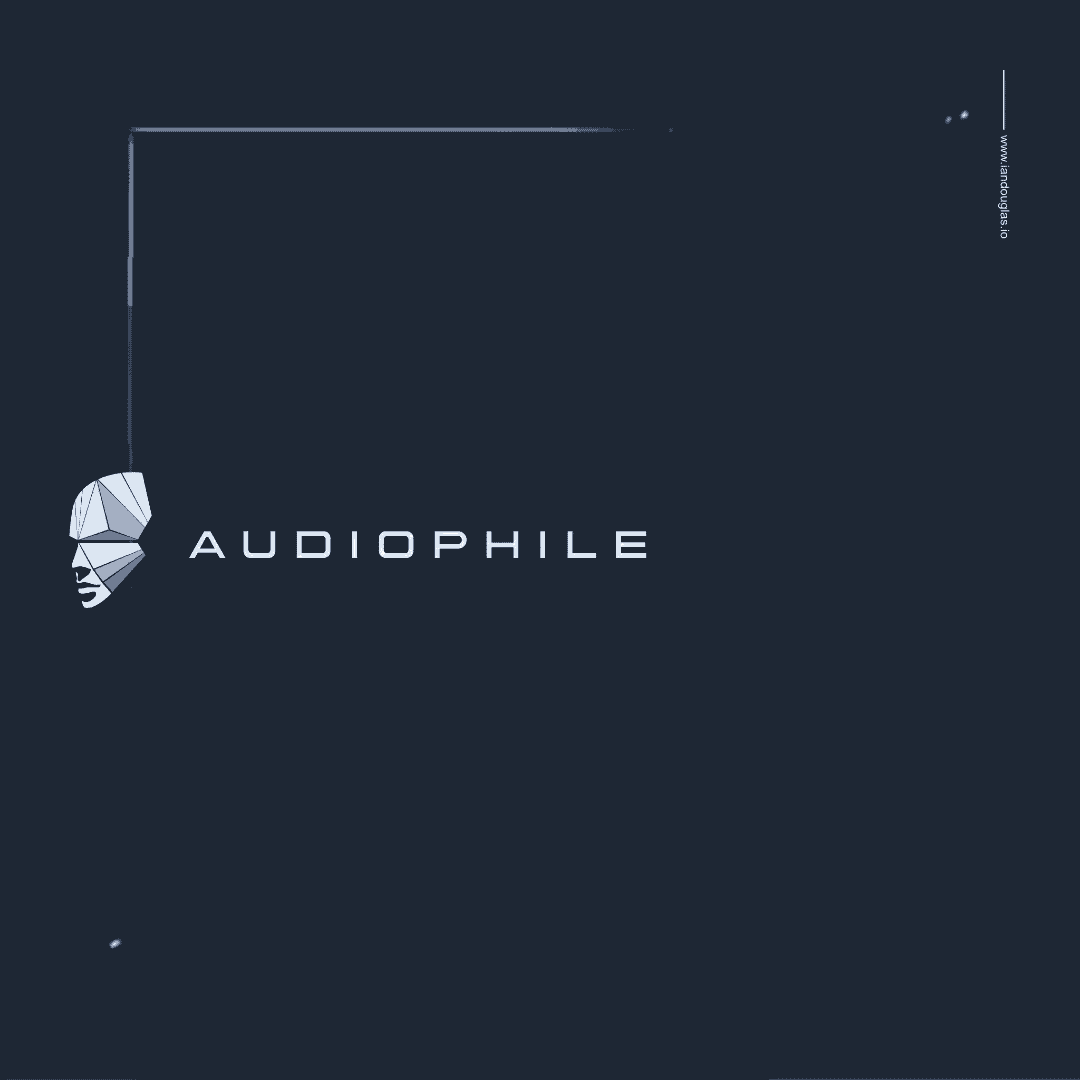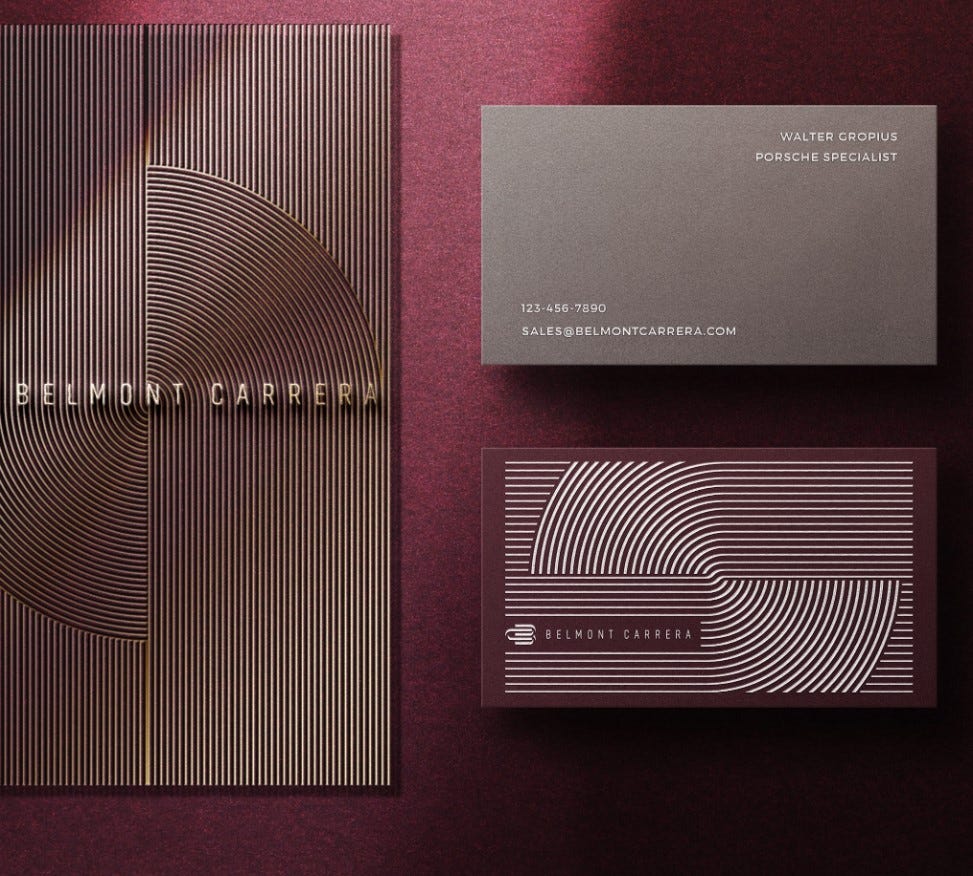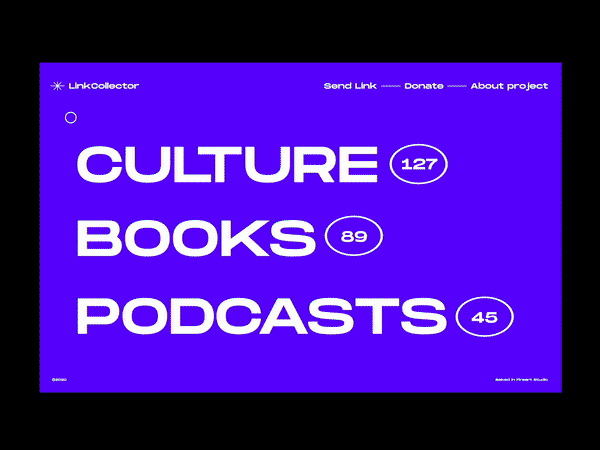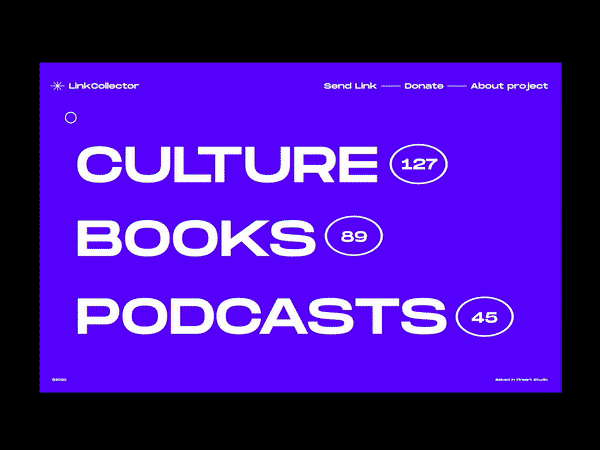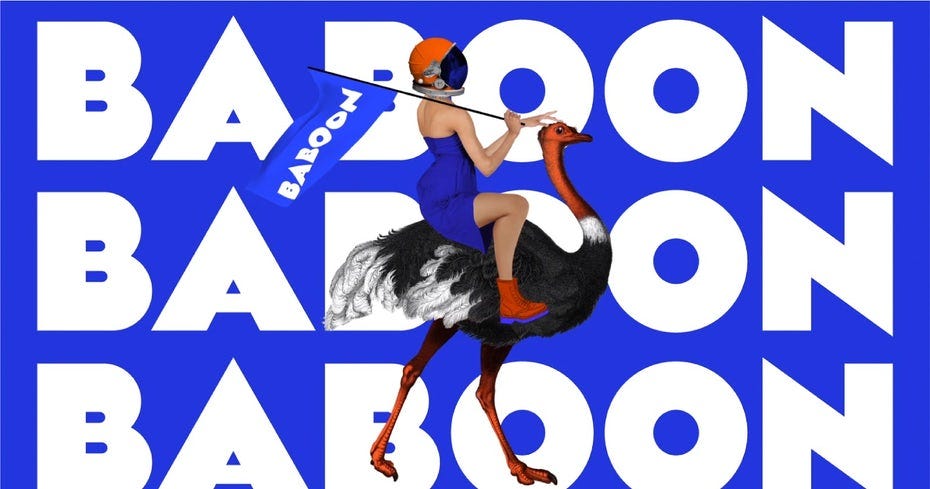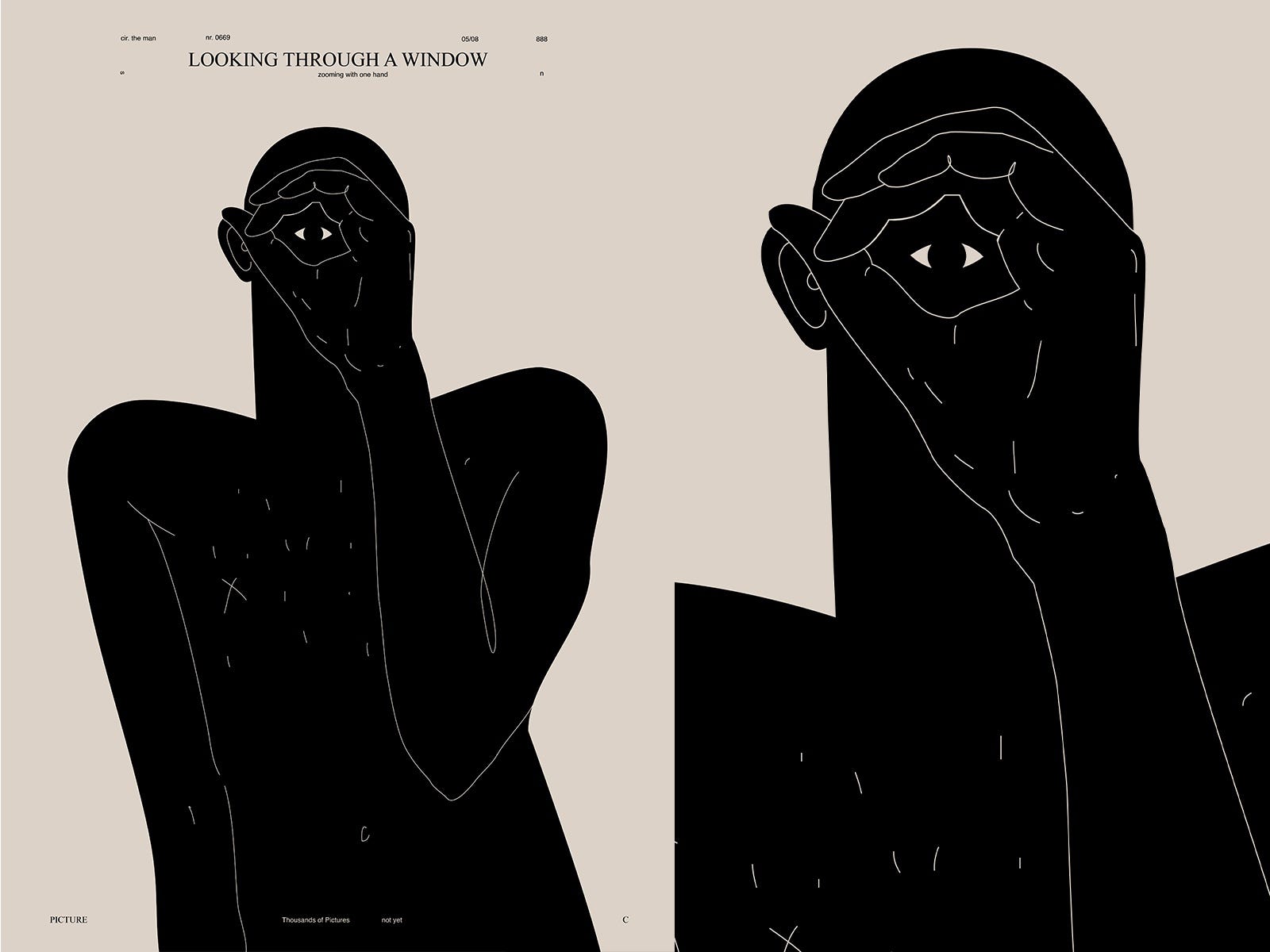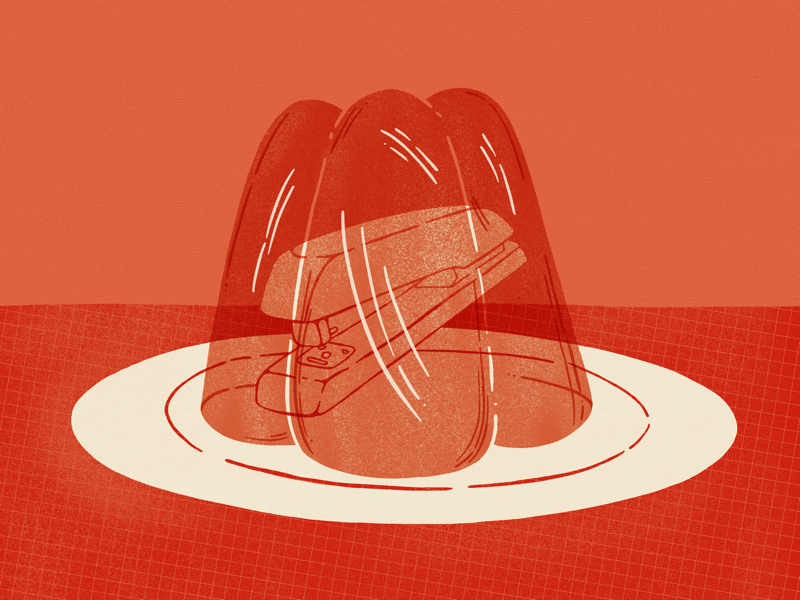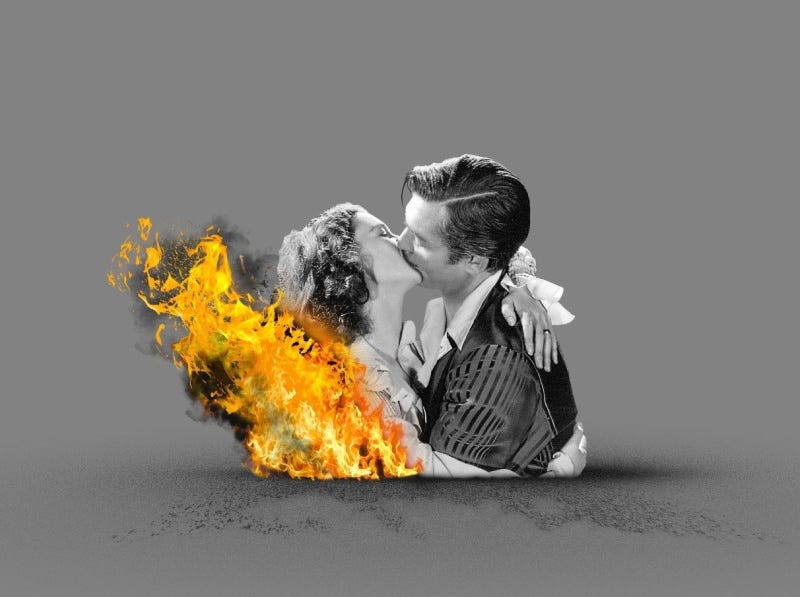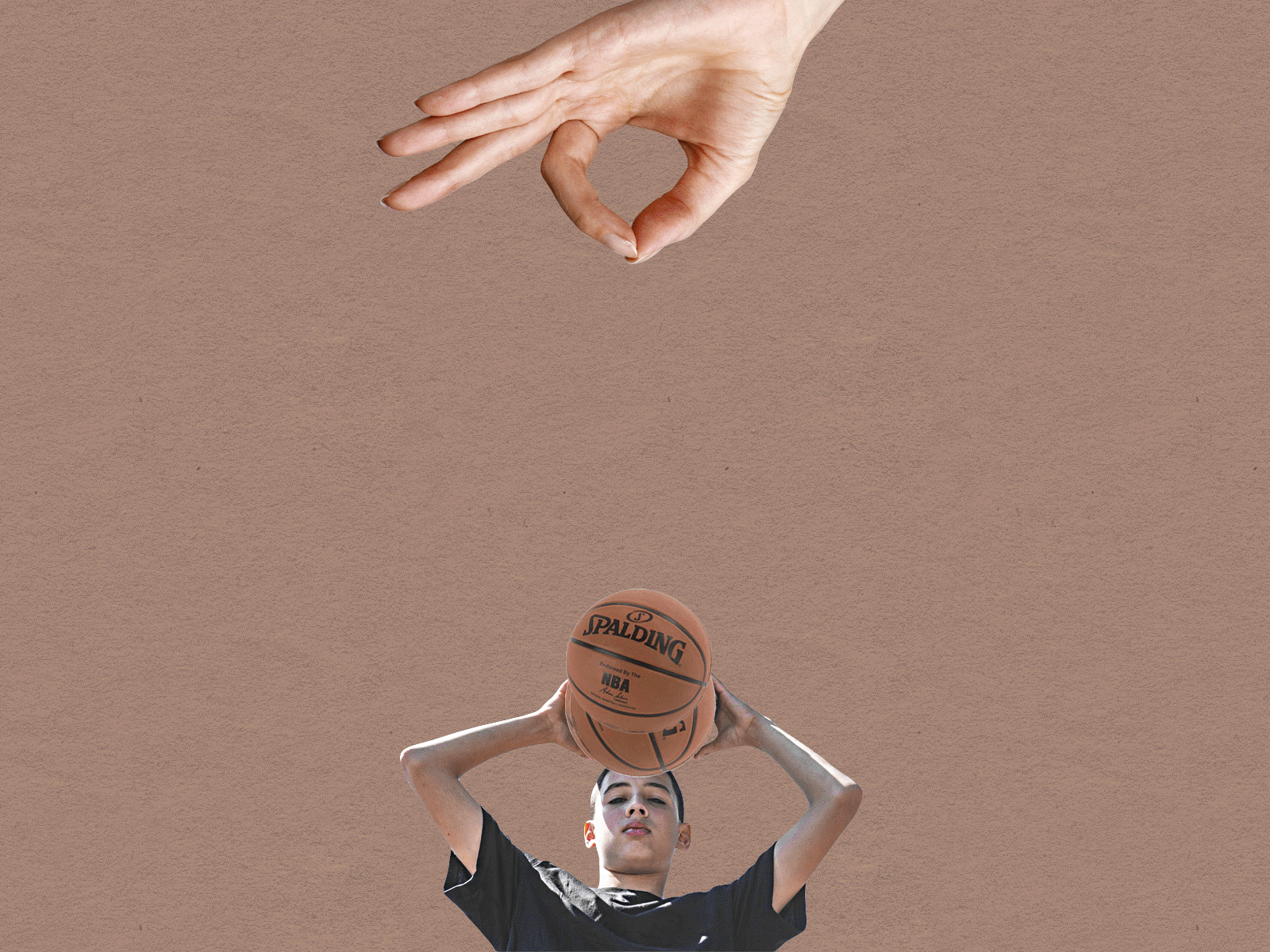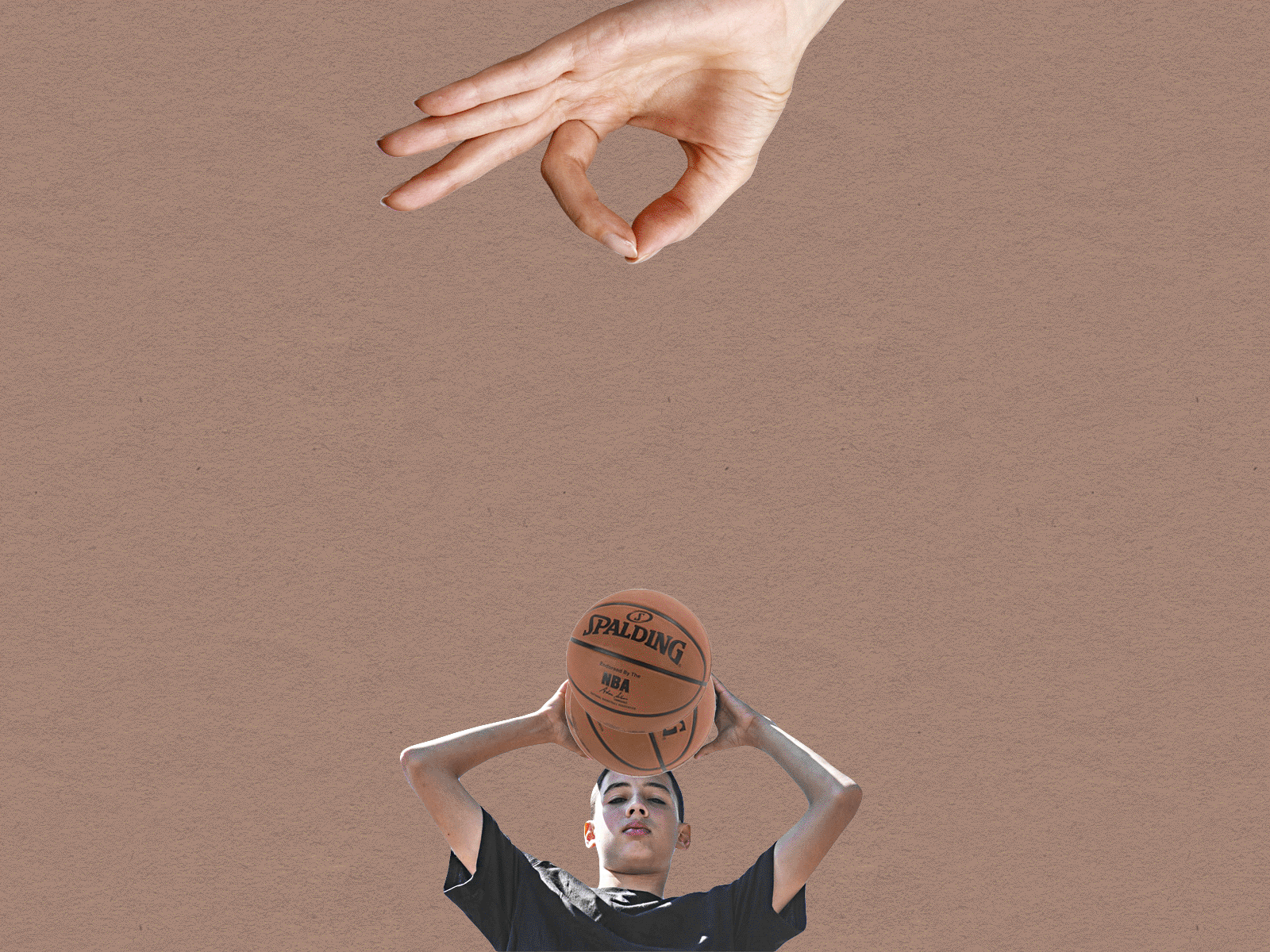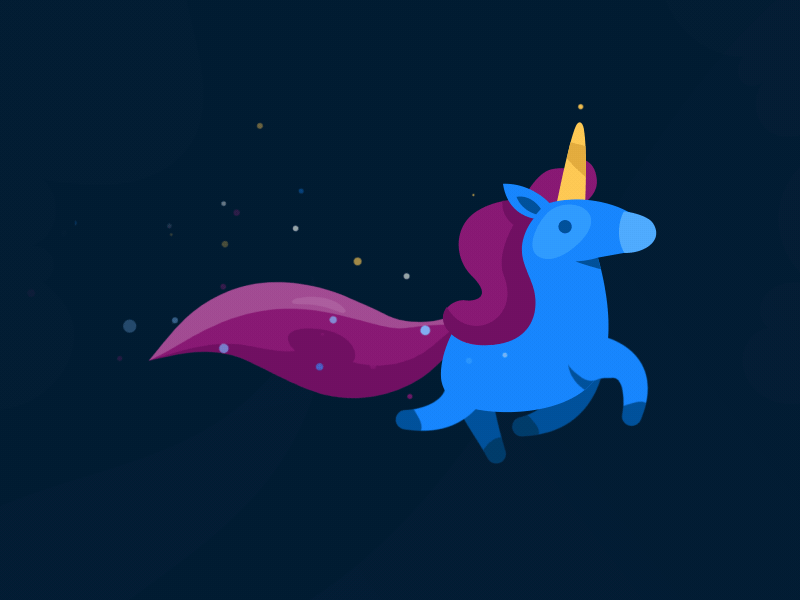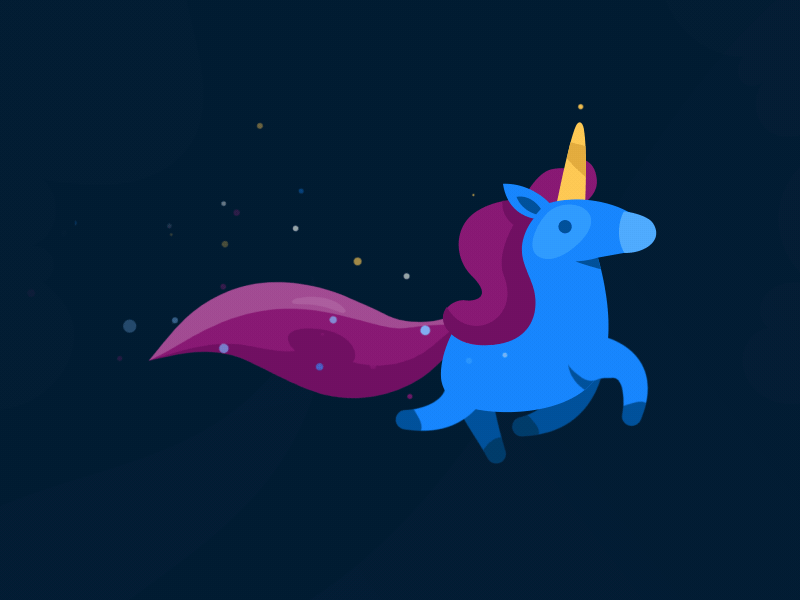Title: Love and Hate: The Paradoxical Relationship Between Two Profound Emotions
In this tumultuous period, I find myself grappling with the darkest facets of anger. It’s during these moments of emotional turbulence that I contemplate the profound connection between love and hate — two sentiments so similar yet diametrically opposed. Could they be the deepest emotions we’re capable of experiencing?
Love and hate, seemingly contradictory, are intertwined in a complex relationship that has fascinated philosophers, poets, and psychologists for centuries. At first glance, they appear as polar opposites, but upon closer examination, their similarities become apparent. Both evoke intense emotions, consume our thoughts, and drive our actions with unparalleled fervor.
Love, often portrayed as a force of unity and compassion, has the power to elevate us to great heights. It fosters connection, empathy, and altruism, inspiring acts of kindness and selflessness. It’s the foundation of meaningful relationships, binding individuals together in bonds of affection and mutual respect.
On the other hand, hate emerges from a place of profound discontent and aversion. It breeds resentment, hostility, and animosity, fueling conflicts and divisions. It can stem from fear, ignorance, or past trauma, festering within us like a malignant force. Hate blinds us to reason, distorting our perceptions and driving us to dehumanize others.
Despite their apparent differences, love and hate share a commonality: passion. Both ignite a fire within us, propelling us to action with unparalleled intensity. They possess the power to motivate us, driving us to pursue our deepest desires or to seek vengeance for perceived wrongs.
In their most extreme forms, love and hate can manifest as obsession, consuming our thoughts and dictating our behavior. They have the potential to lead us down paths of self-destruction or to fuel conflicts of epic proportions. History is replete with examples of love sparking revolutions and hate inciting wars, illustrating the profound impact these emotions can have on society at large.
But perhaps what is most intriguing about the relationship between love and hate is their capacity for transformation. Love can evolve into hate when betrayed or disillusioned, and hate can dissipate in the face of understanding and forgiveness. Both emotions are fluid, subject to change depending on our experiences and perceptions.
In essence, love and hate represent two sides of the same coin — the yin and yang of human emotion. While they may seem diametrically opposed, they are interconnected in a way that defies simple categorization. They remind us of the complexity of the human experience, encompassing a vast spectrum of emotions that shape our lives in profound ways.
As I navigate the depths of my own anger, I’m reminded of the delicate balance between love and hate. In acknowledging their interconnectedness, I strive to cultivate compassion in the face of adversity and to harness the transformative power of love to overcome the darkness within. For ultimately, it is through embracing love that we can transcend the shadows of hate and find true fulfillment in our relationships and our lives.
In the heart of many relationships lies a complexity that is sometimes challenging to articulate. It’s as if there’s a mask concealing the true essence of our feelings, and behind it lies a range of conflicting emotions that lead us to confront reality with a heightened awareness.
As I navigate the labyrinth of my emotions, I can’t help but touch upon the anger that, paradoxically, becomes a driving force, an energy that propels me forward even when everything seems stagnant. Yet, beneath this surface of anger lies a palpable sadness, a sense of dissatisfaction that I can’t ignore.
I find myself confronting aspects of myself that I’d rather ignore. Her habits become mine, her desires overlap with mine, and I find myself giving up the small joys of life that I could savor without her. But it’s precisely her, with all her imperfection, who seems to be the one with whom life has tested me.
And so, between the desire for freedom and the fear of the unknown, I find myself grappling with the labyrinth of my emotions. Perhaps it’s only through confronting these fears that we can hope to find the key to untangle this emotional knot and find the serenity we crave. But until we have the courage to look within ourselves and confront reality without masks, we’ll remain trapped in this emotional limbo, desperately seeking an exit that always seems to elude us.

